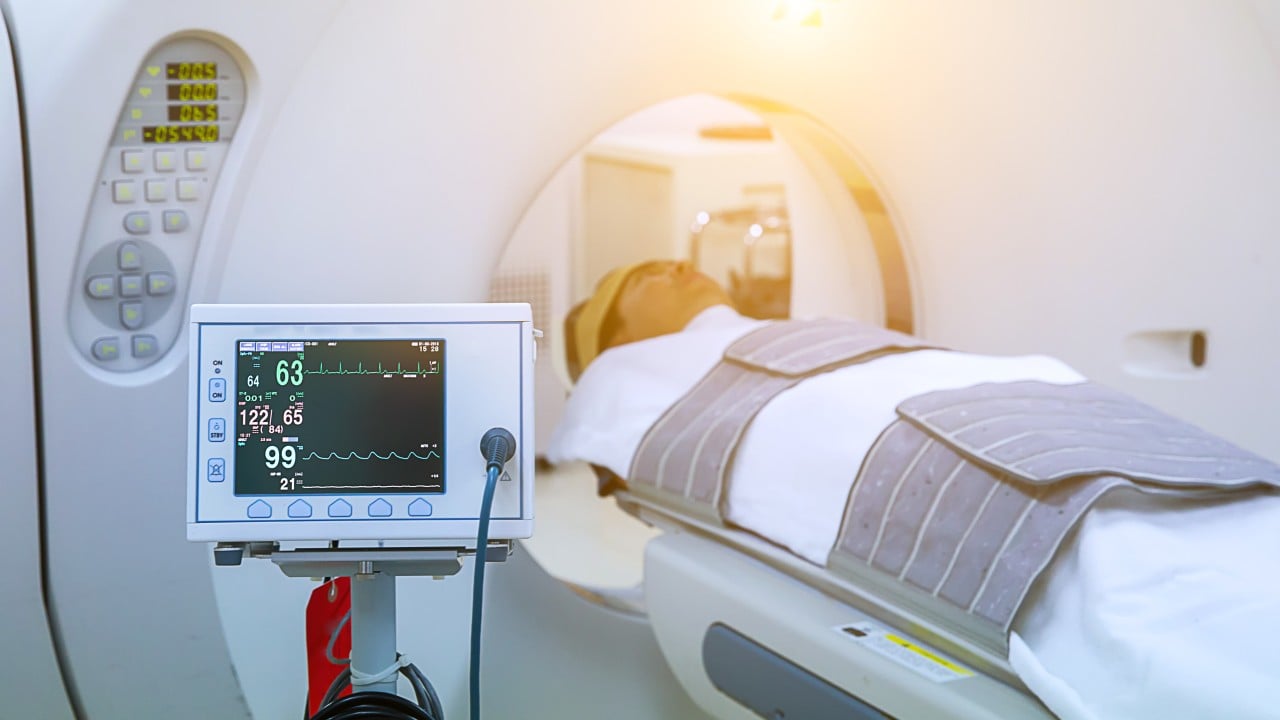Alibaba Group Holding unveiled what it says is the world’s first artificial intelligence (AI) model to detect gastric cancer, even in early stages, by scanning computed tomography (CT) images.
Advertisement
Known as Grape – a name derived from “gastric cancer risk assessment procedure” – the system is a deep-learning framework that can analyse three-dimensional CT scans to detect and segment gastric cancer, also known as stomach cancer. It was co-developed by Alibaba’s Damo Academy and the Zhejiang Cancer Hospital, both in Hangzhou in the eastern Chinese province of Zhejiang. Alibaba owns the Post.
Diagnosis of gastric cancer currently requires an endoscopy, an invasive procedure where a camera and tiny biopsy instruments are inserted through the throat. Fewer than 30 per cent of patients in China were willing to follow doctors’ advice to have an endoscopy, said Cheng Xiangdong, a gastric surgeon at the Zhejiang Cancer Hospital, in a video published by Damo on Wednesday.
The Grape model significantly outperformed radiologists, achieving sensitivity of 85.1 per cent and specificity of 96.8 per cent, according to a paper published in the journal Nature Medicine on Tuesday. Sensitivity measures the ability to detect disease, while specificity measures the ability to avoid false detection in healthy patients. This exceeded the results of radiologists working without the model by 21.8 per cent and 14 per cent, respectively, particularly in early-stage stomach cancer, the paper said.
The first of its kind model “may change the gastric-cancer screening approach in our country and even globally”, Cheng said, adding that the percentage of early-stage detections could “increase significantly”.
Advertisement
The fourth leading cause of cancer-related deaths worldwide, gastric cancer can remain symptom-free even at advanced stages. Damo said in a statement on Wednesday that in one such real-world case, a person with the late-stage disease could have been diagnosed six months earlier via CT scans, but radiologists missed it.

